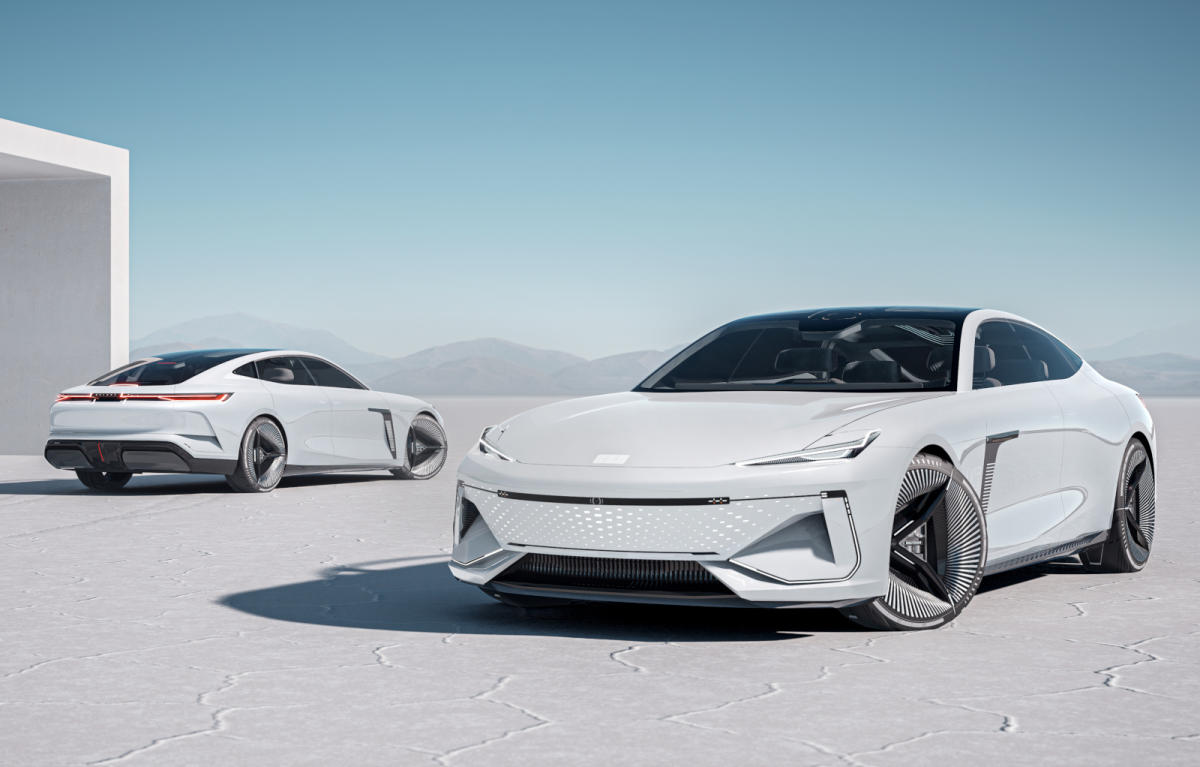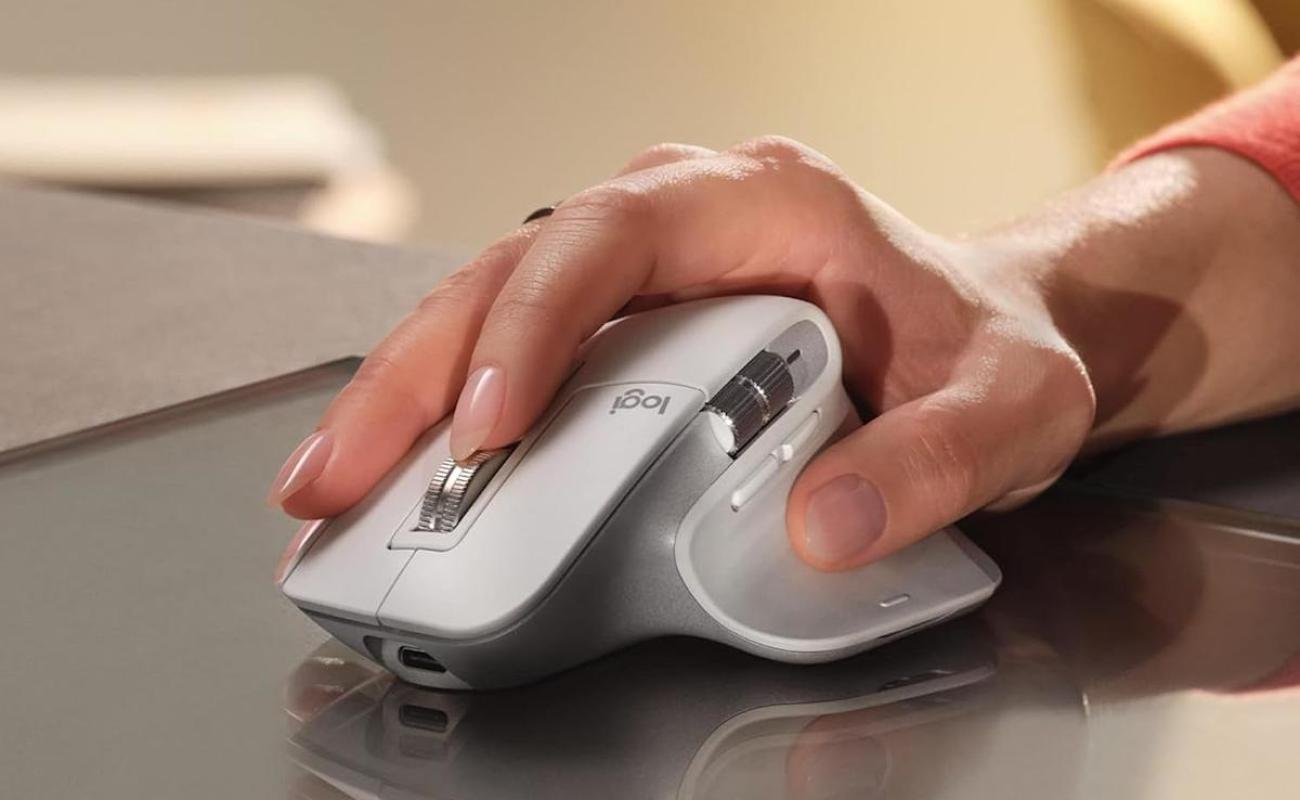Chinese language EV makers face extra tariffs of as much as 38 p.c within the EU

The European Union goes impose extra tariffs of as much as 38 p.c on Chinese language-made electrical autos in an effort to guard the area’s producers from unfair competitors, in accordance with The New York Instances and the Monetary Instances. The European Fee has already warned Chinese language carmakers concerning the extra taxes, which can go on high of the present 10 p.c tariff on their EVs and can be totally different for every producer. BYD’s and Geely’s autos can be hit by tariffs between 17.4 and 20 p.c, whereas SAIC will face an extra 38 p.c in taxes.
Charges for different carmakers fluctuate, relying on whether or not they’ve cooperated with an ongoing EU investigation into the Chinese language authorities’s subsidies for its EV producers. Due to these subsidies, China-made EVs will be bought at a lot decrease costs than their European opponents’. The Chinese language carmakers which have cooperated with the probe can be subjected to an extra tariff of 21 p.c, whereas those that did not will get an additional 38 p.c. The Monetary Instances says European Fee’s Margaritis Schinas has reached out to Chinese language authorities to “discover doable methods to resolve” the problem. The brand new tariffs can be enforced on July 4 in the event that they fail to achieve an settlement.
Whereas the EU stated that it is introducing extra taxes on Chinese language EVs to guard the bloc’s producers, some authorities and European automakers oppose the transfer out of concern that it might result in retaliation from China. They’re particularly apprehensive that China’s response would make EVs dearer normally, which in flip might drive away clients, particularly those that are nonetheless not wholly satisfied that they need to change to electrical.
The EU’s announcement comes a month after the US quadrupled the import tariff for Chinese language EVs. It was a part of a much bigger transfer by the US authorities to quash China’s affect on its economic system, together with imposing extra taxes on Chinese language-made semiconductors, photo voltaic cells, batteries and medical merchandise.












